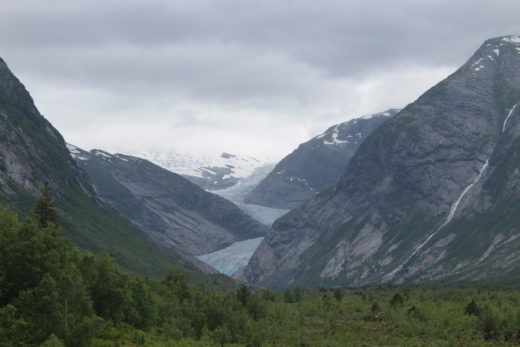Perhaps the most rewarding aspect of working as a college instructor is watching your students’ progress. They are hopefully gathering the necessary knowledge and skills for survival and success, but they (and we) are also benefiting as they learn to live a life of purpose. In this case we introduce you to Parker Jean, who recently penned insightful thoughts on conservation, forestry and life lessons learned while working in the redwoods forests of Mendocino and Sonoma Counties.
You can read his commentary here: My Time in the Redwoods.

His life of scholarship, leadership, and passion would lead him to study at UC Berkeley and earn his degree there, where he could expand on his diverse interests that ranged far beyond natural resources. Many of his classes and studies there were at least closely related to physical and human geography and when you read about his progress, you can see how he has managed to find the connections between what some might consider disparate topics and issues so that this life and this world make more sense. From his forest management work in northern California to his more recent introduction to urban restoration, his voice must be familiar and inspirational to anyone with any interest in geography or related fields.
Here, Parker Jean shares his experiences working in one of northern California’s most magnificent forests and the lessons in forest management that can only be gained with such hands-on practical experiences. He reminds us that the best classroom and laboratory is not a classroom or laboratory at all, but the real world. It is unfortunate that management of our private and public lands and resources has become so emotionally and politically charged. Parker knows that if we are to successfully debate the important issues and solve the problems of the 21st Century, we must begin by using the critical thinking and scientific methods that will help us gather and assess the facts, gathering evidence that should inform sound policy.
https://peaceofparker.com/2018/06/15/my-time-in-the-redwoods/
We are reminded that it is now up to us to wisely manage what remains of our most cherished natural resources, but that enlightened management requires a lot of knowledge, science, and work. We’ve all seen how climate change, habitat destruction, pollution, introduction of invasive non-native species, timber harvests, and rampaging bark beetle populations combine to challenge our ability to manage these forests so that they will not disappear. You don’t have to look far for examples. As of this writing, the Mendocino Complex fires of 2018 have eclipsed the 2017 Thomas Fire as the largest wildfire in state history. And 2018 is now ahead of 2017, which marked the worst wildfire season in state history. The poor air quality throughout parts of northern and central California during more than two summer months (the National Weather Service has frequently included smoke and haze in its official forecasts) is ominous evidence of how widespread, destructive, and deadly these fires have been. (The summer of 2020 would prove to be far more apocalyptic, when fires did more destruction and blazed through far more acreage than in any previous California fire year.)
As we look at the previous list of environmental stresses, how much blame should we place on the mismanagement of our forests? An informed, objective answer to this question becomes complicated when we look at the scientific evidence. For instance, we know that our suppression of fires disrupted natural cycles in our forest ecosystems for at least 100 years, until we more recently understood the important role that fire plays in our plant communities. Some have also blamed poorly managed timber harvests, or the lack of them. But many of our worst wildfires have incinerated plant communities that were never forests, such as coastal sage scrub, chaparral, and oak woodlands. And that suggests the combination of factors we originally listed above have conspired into an apocalyptic synergy of frequent fires that are transforming our forests to woodlands, woodlands to chaparral and nonnative grasslands, and chaparral to grasslands. You can smell the previous plant communities as they rain ashes on our communities and you can examine their replacements as you walk through recently scorched hillside landscapes that have become so common in California.
We examine these issues and problems in the 4th edition of our book, especially in our Chapters 4, 5, and 12. And we recognize that, like it or not, all of this change marks the end or our state as we know it, while geographers and other professionals from related fields gather the scientific evidence that will help us make better decisions and sounder policies for our future. These complicated questions with complex solutions will require help from the most knowledgeable and well-trained professionals we can muster. Showing his passion and talent for taking on the big problems, Parker Jean now turns his attention toward the urban landscapes of Detroit, armed with a wealth of studies that attempt to explain the issues and solve the problems brought by change there. Though it won’t be a part of this project with a California focus, I hope to get a report from him about his progress in a couple of years as he continues living a life of purpose with all the rewards that come with it.
William Selby
September, 2018






